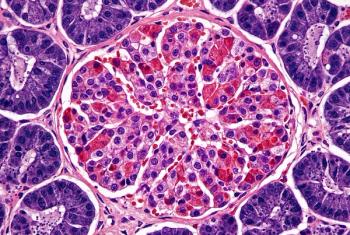
Using Data Science to Address HIV Inequities, Region by Region | IAS 2025
At the IAS 2025 conference in Kigali, Rwanda, Banky Olatosi, M.P.H., M.S., Ph.D., of the University of South Carolina, shed light on how systemic racism and social determinants of health influence HIV diagnoses and care across U.S. regions.
Bankole (Banky) Olatosi, M.P.H., M.S., Ph.D., an associate professor of Health Services Policy and Management at the Arnold School of Public Health at the University of South Carolina, had a conversation with Managed Healthcare Executive on how systemic racism and social determinants of health influence HIV diagnoses and care across U.S. regions.
Olatosi presented his research at the IAS 2025 conference in Kigali, Rwanda, this week, which connects regional disparities to access gaps and data infrastructure limitations, especially in rural and Southern communities.
With a background in health analytics and data science, Olatosi uses large population datasets to identify where HIV prevention and treatment services are falling short—and how big data tools can help fix it.
In his session, Olatosi highlighted the importance of integrating various data sources—such as Medicaid claims, mental health records and housing data—with electronic health records to better identify people at risk of falling out of HIV care. His analysis found that rural areas, particularly in the South, often lack basic services such as PrEP providers and stable healthcare access, even as they face high STI and HIV rates.
Urban areas may have more resources but still experience structural barriers linked to housing instability, substance use and mental health needs. Olatosi pointed to the growing influence of “syndemics,” where multiple overlapping health issues interact in ways that disproportionately harm already vulnerable groups.
He also shared how predictive algorithms are being developed to help providers better support people with HIV during clinical visits.
“We are working on an algorithm right now where the algorithm takes historical data and looks at it and is able to predict the risk of a patient failing treatment or having what we call viral bleeps,” Olatosi said, adding that this information can help doctors tailor treatment plans more effectively and flag patients who might need a more intensive follow-up.
Olatosi stressed that ensuring these AI tools are widely available—not just in well-funded academic centers—can help reduce inequities and bring real benefits to those most affected by HIV.
Newsletter
Get the latest industry news, event updates, and more from Managed healthcare Executive.






















































